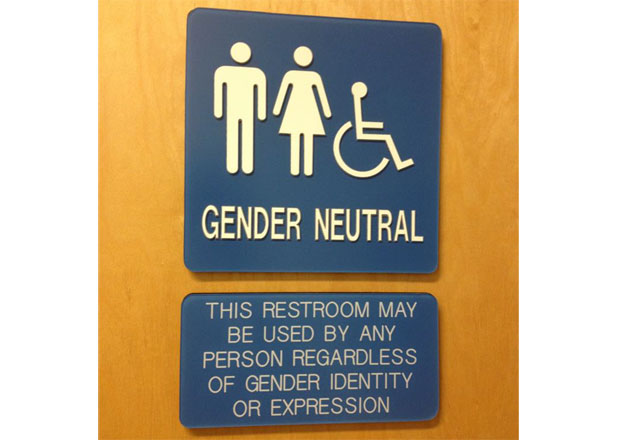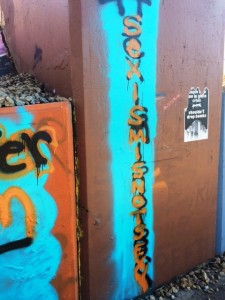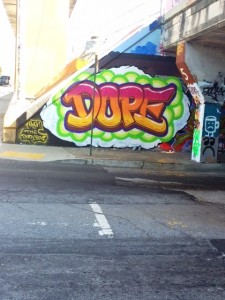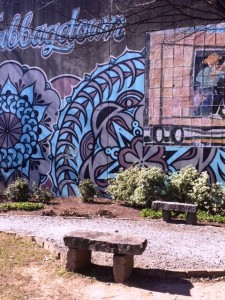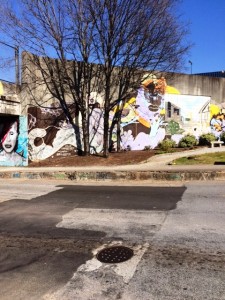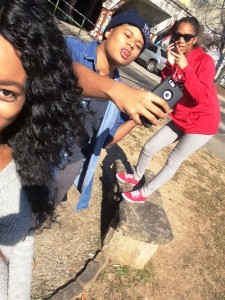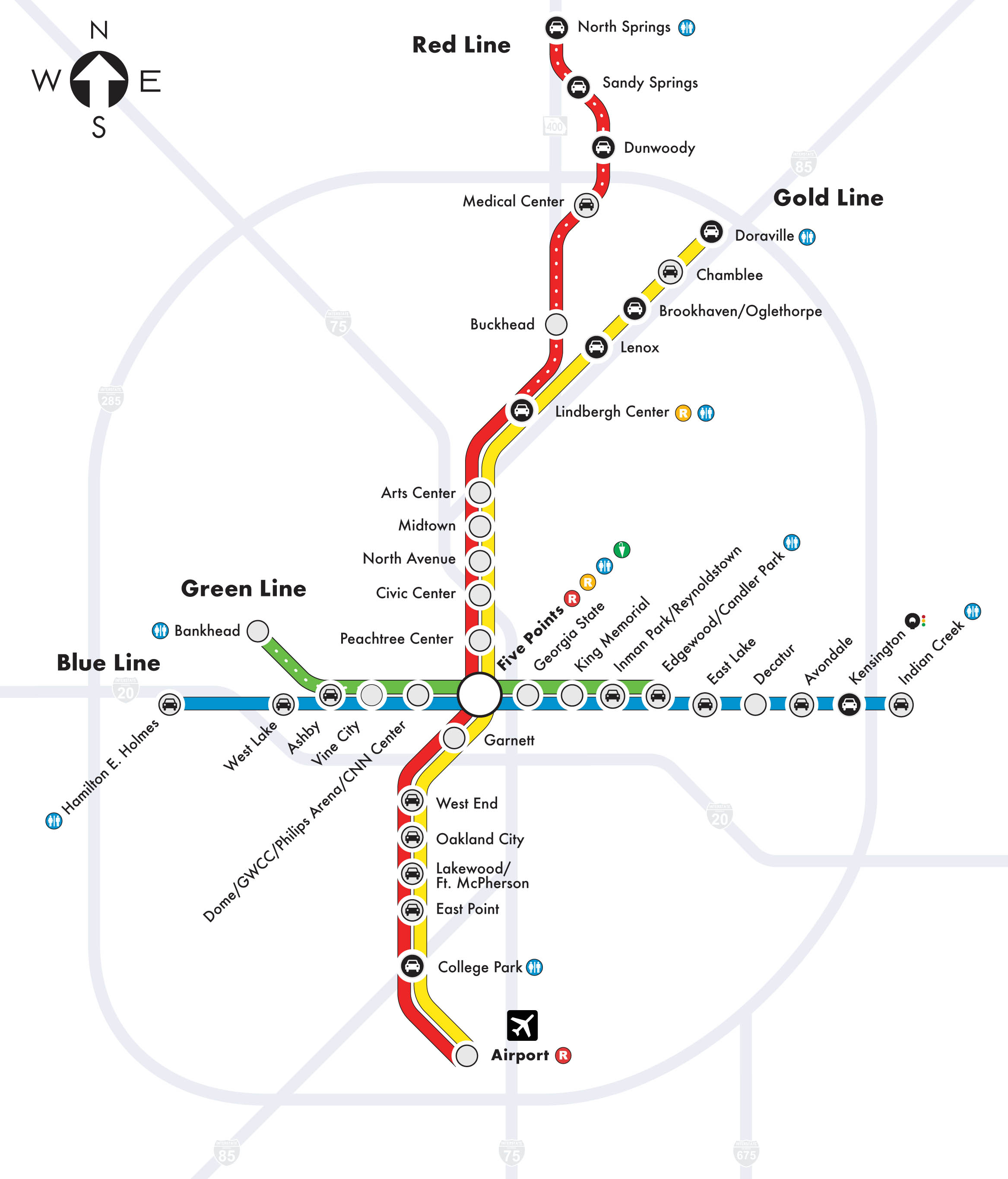“Recognizing Campus Landscapes as Learning Spaces”
In the article Recognizing Campus Landscapes as Learning Spaces, authors Kathleen Scholl and Gowri Gulwadi address a huge problem ailing our higher educational institutions in the United States. With an increase in need for spaces to further education, technological changes, and growth in enrollment; the traditional set up and structure of college campuses are called into question. Scholl and Gulwadi propose that in order to maintain the attention of students, a natural landscape within the university campus may be the best way. Due to the complexity of the college experience in today’s time, learning is not limited to a four year time segment, but rather it is lifelong. A strong influence on students’ ability to learn and maintaining a sense of belonging can be attributed to indoor and open spaces on campuses that are connected. This fact is typically overlooked, but Scholl and Gulwadi bring this to their audiences’ attention.
The article begins by providing readers with background information on the history of the American college campus. At first they were secluded and located in rural areas to promote complete and utter attention on academic and collegiate studies and activities. At one point in time there was a greater focus placed on creating open spaces of land and promoting student learning through farms, forests, greenhouses, and gardens. Landscape designer, Fredrick Law Olmstead is accredited with working alongside to create early college campuses. Physical landscapes were studied and believed to have a direct impact on shaping human behavior. With the devastating emergence of the Depression, an increase in enrollment created an increase in the need for facilities to educate students. The sudden need for facilities and also the popularity of the automobile (which occupied more spaces for parking lots) created environments that did not adhere to “campus open space”. Flashing forward to today’s college experience; campuses are now evolving in response to research suggesting that older campus plans were more effective learning spaces than newer ones.
As the article continues, authors clarify the meanings of the words “nature” and “landscape” utilized within the text. Defining nature is subjective, but authors choose to define nature in the realm of “physical features and processes of nonhuman origin that people ordinarily can perceive” (2015). Landscape is defined as the spatial, holistic, and mental dynamic entity associated in the emersion of campus environments. The relationship between landscape and nature and it’s ability to meet the overall cognitive benefits of students is being explained throughout the entirety of the article.
The authors also introduce the term “attention fatigue” to describe exactly why these holistic and nature centered campuses are so desperately needed. Several demanding and strenuous day to day activities and life responsibilities can be attributed to the “attentional fatigue” state of students. Also the increased availability of technology (phones, computers, and televisions) and the constant usage are reasons why students are so attentionally drained. A suggested cure or solution for the attentionally fatigue student is holistic learning environments. Nature based learning environments capture the “direct attention” of students and connect them to the learning spaces in which they are within. Overall student-nature campuses and breaks/pauses in learning aid in creating productive learning spaces for students.
SCHOLL, Kathleen G; GULWADI, Gowri Betrabet. Recognizing Campus Landscapes as Learning Spaces. Journal of Learning Spaces, [S.l.], v. 4, n. 1, jul. 2015. ISSN 21586195. Available at: <http://libjournal.uncg.edu/jls/article/view/972/824>. Date accessed: 21 Mar. 2016.
